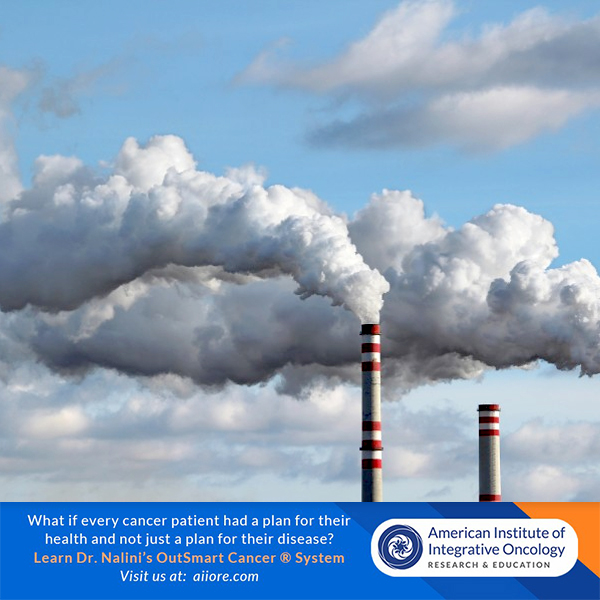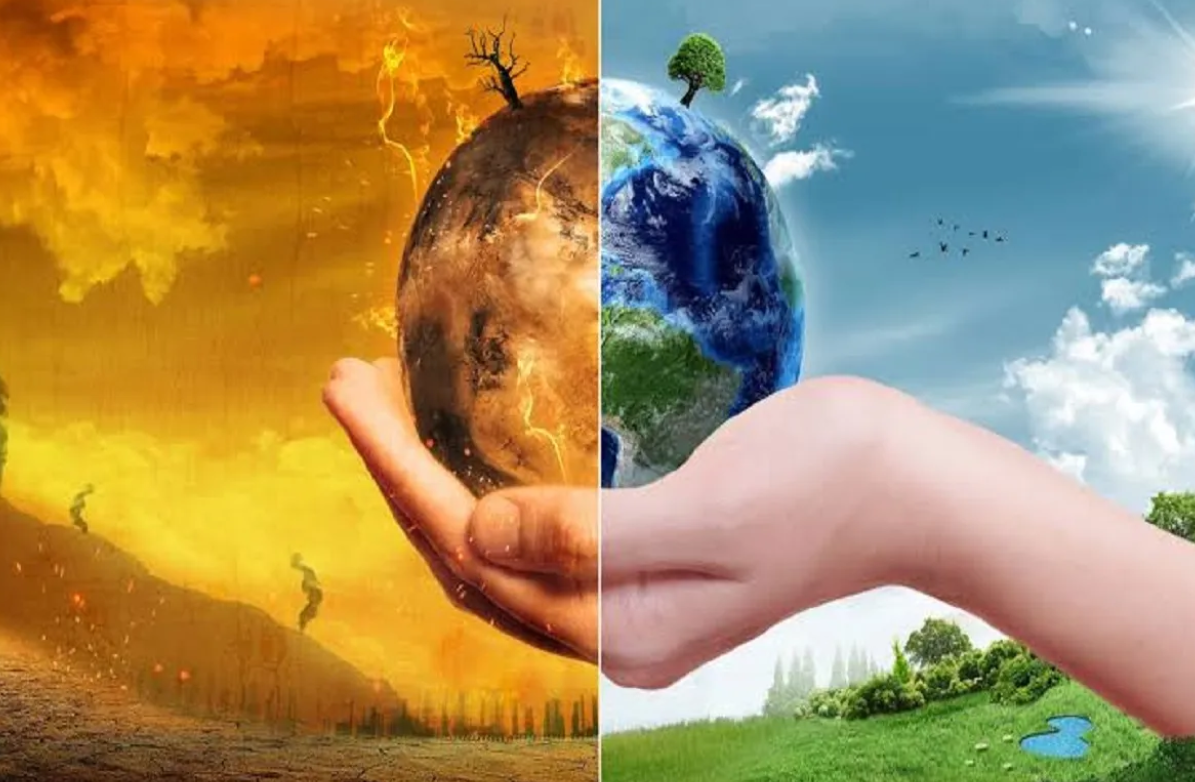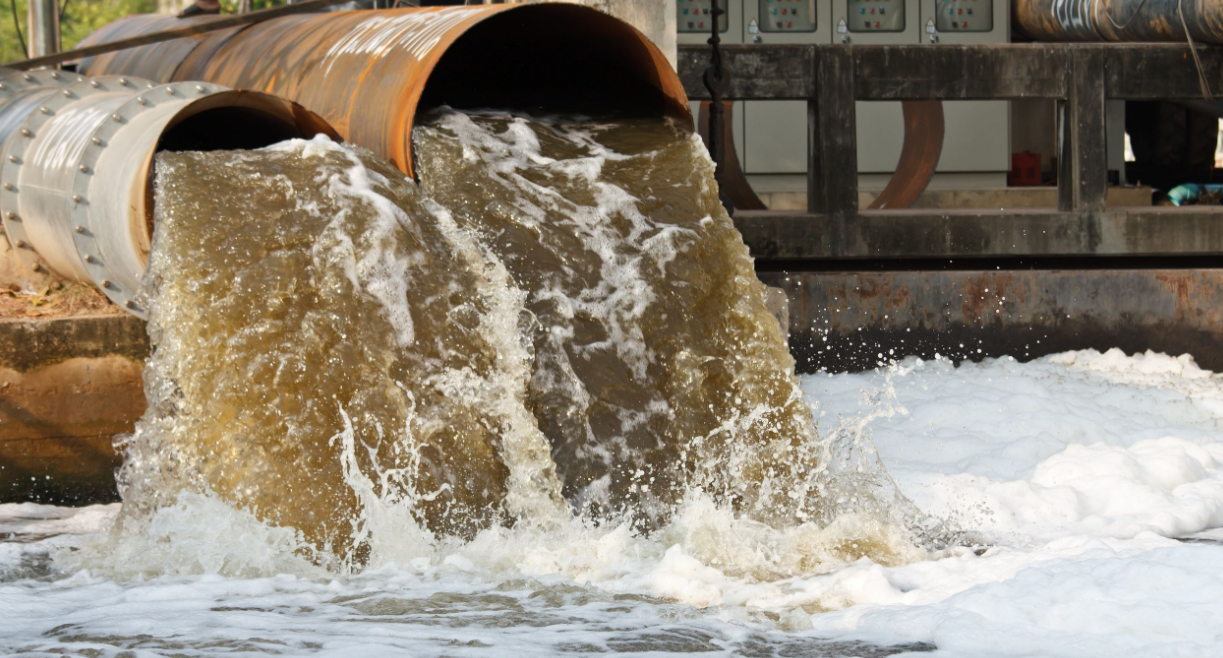Making Environmental Health A Part of Health Care
Each month of the year is devoted to awareness of one or more cancers. September is devoted to multiple cancers.
What do all of these cancers have in common?
There is an increasing volume of compelling evidence linking all types of cancer to environmental exposures.
Our knowledge of mechanisms linking exposures of toxicants to specific cancers is also increasing.
There are two reasons that we as clinicians and care providers must be aware of the many contributing offenders and how to identify, assess, mitigate risk and safely remove body burden or toxicants in our patients.
Additionally, it is my practice to engage in patient education and patient teaching on the first or second visit to increase patient and family awareness about the importance of taking control of and reducing their toxic exposures as many toxicants are ubiquitous our homes, workplaces and communities. Many toxicants include the use of common everyday products. I also refer patients to these very reliable and up to date websites: Environmental Working Group where foods, cleaning supplies, garden supplies are rated and their secondary site Skin Deep Cosmetics Database for self-care and baby care products, including safe sunscreens. They also have many downloadable publications for patients including 12 Hormone-Altering Chemicals and How to Avoid Them
Taking a good “ toxic exposures history” is important in all patients. Of course, the very diagnostic methods and treatment modalities used in oncology are sources of toxic exposure as well!! Many clinicians feel taking such a history from their patients will open us a Pandora’s box.
However, in the context of oncology, it is essential to do so, if only to bring awareness and to address the risk and health status not only of the patient, but also their family members.
My go to experts in this area include Dr. Walter Crinnion ND and Joseph Pizzorno, ND, both seasoned researchers and clinicians. They have recently published a well researched book Clinical Environmental Medicine, which I consider required reading for all clinicians, especially those working with cancer patients. There is a version for patients as well The Toxin Solution: How Hidden Poisons in the Air, Water, Food, and Products We Use Are Destroying Our Health--AND WHAT WE CAN DO TO FIX IT
The American Academy of Environmental Medicine is an excellent resource for education and training and conferences where world-class experts convene.
Most in the patients control is their home environment and their food and water.
Fran Drescher’s Cancer Schmancer website has instructions for how to host a Detox Your Home Party.
The first step is avoidance, avoidance, avoidance to reduce body burden, followed by appropriate supplements to help the body deal with what is there and finally safe and appropriate cleansing and detoxification interventions. Patients must also understand how to avoid re-exposure.
Resources:
Recommended Laboratories for Assessing Body Burden of Toxins
(This is not a complete list and I have no financial relationship with any of these labs)
- Great Plains Laboratory (heavy metals, environmental exposures, mycotoxins, glyphosate)
- Genova Diagnostics (heavy metals, environmental chemicals)
- RealTime Labs (Mold and Mycotoxins)
- IMS Laboratory (Mold and Mycotoxins)
- Quicksilver Scientific (Mercury)
*from a headline published in the New York Times




